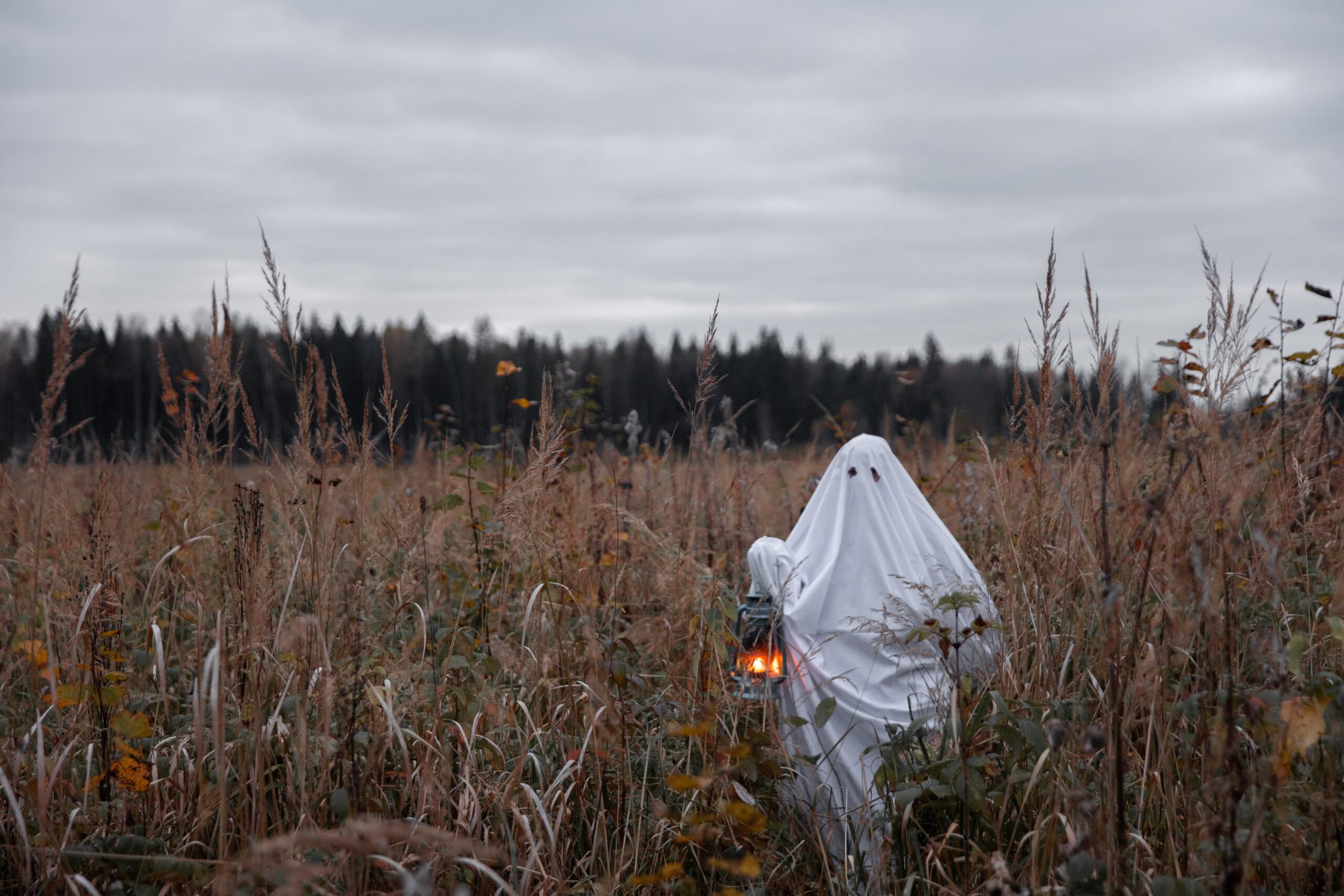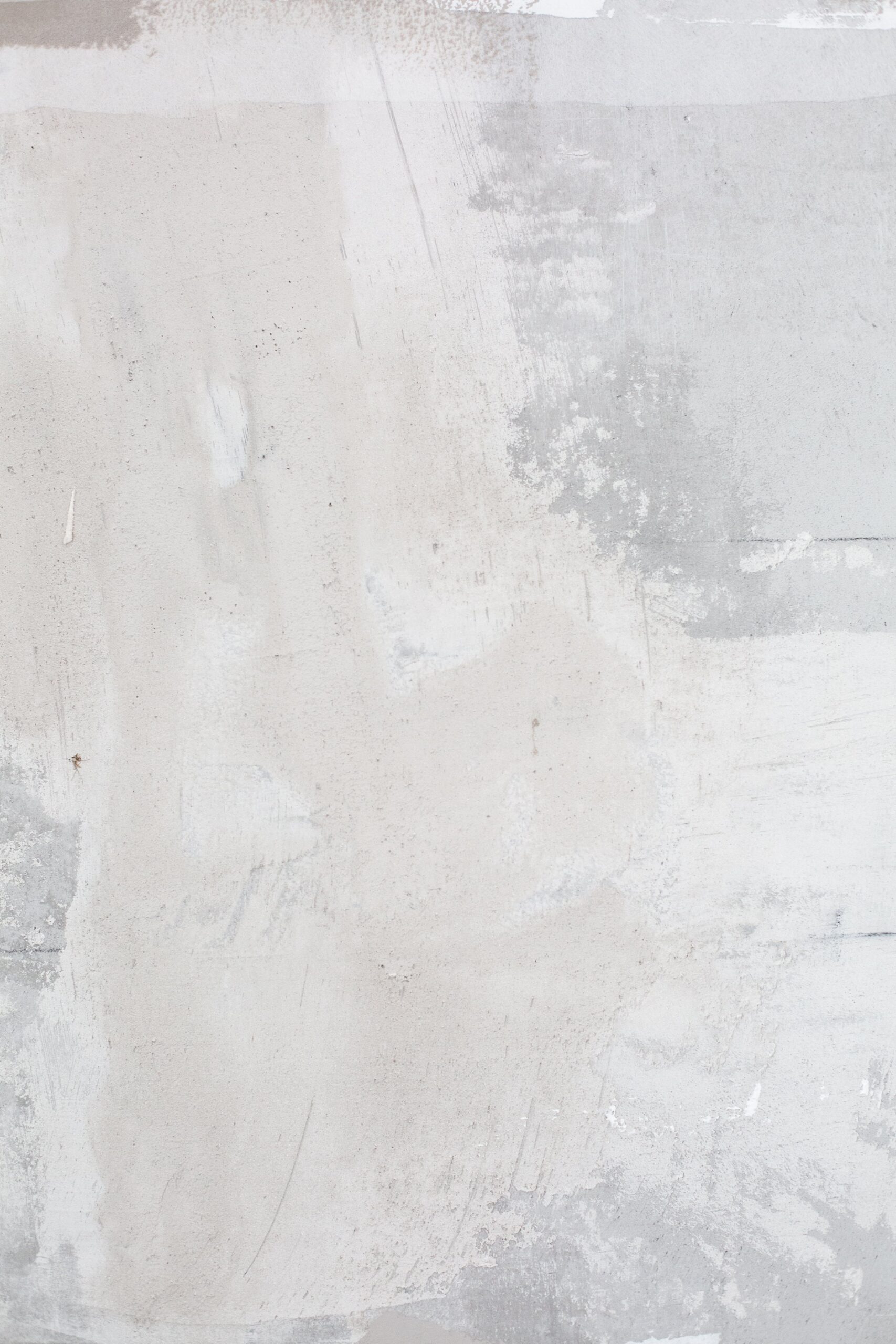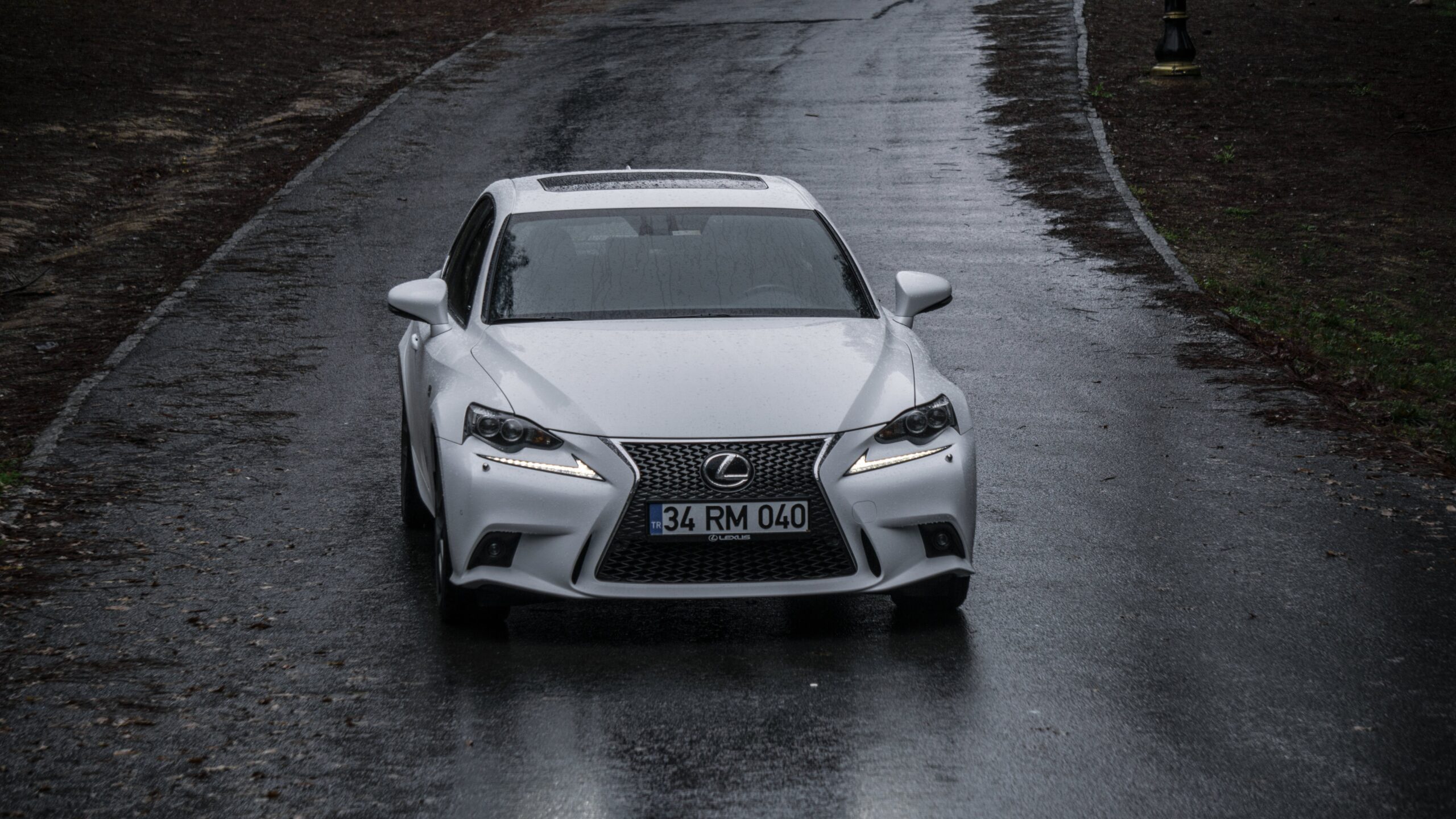So you’ve been working on your skateboard double kickflips and you’re looking to take your skills to the next level. Well, you’re in the right place! In this article, we’ll explore some practical tips and techniques that will help you improve your double kickflips and impress your friends at the skate park. Whether you’re a beginner or an experienced skateboarder, these helpful strategies will have you nailing those double kickflips in no time. So grab your board, lace up your shoes, and let’s get ready to elevate your skateboarding game!
Understanding Double Kickflips
What is a double kickflip?
A double kickflip is a skateboarding trick that involves flipping the skateboard twice while performing a kickflip. It requires both skill and coordination to execute properly. The double kickflip is often considered an advanced trick and is a staple in the arsenal of many professional skateboarders.
The key components of a double kickflip
To successfully perform a double kickflip, there are several key components to keep in mind:
Ollie: The ollie is the foundation of many skateboarding tricks, including the double kickflip. It involves popping the tail of the skateboard and using your front foot to slide up the grip tape, causing the board to lift off the ground.
Kickflip: The kickflip is the fundamental flip trick that forms the basis of the double kickflip. It includes flicking the edge of the skateboard with your front foot, causing it to rotate in the air.
Pop: A strong and consistent pop is crucial for executing a double kickflip. The timing and power of the pop will determine how high the board goes and how much time you have to execute the trick.
Flick: The flick is the action of sliding your front foot off the edge of the skateboard to initiate the kickflip rotation. The angle and direction of the flick will impact the board’s spin and flip.
Board rotation: Controlling the rotation of the board is essential to land a double kickflip. Understanding how to guide the board with your feet and body movement will help you achieve a clean and controlled rotation.
Improving Skateboard Technique
Perfecting your ollie
The ollie serves as the foundation for many skateboard tricks, including the double kickflip. To improve your ollie, focus on developing a strong pop off the tail and a smooth slide of your front foot up the grip tape. Practice your ollies consistently and pay attention to your body positioning, timing, and weight distribution.
Mastering the kickflip
Mastering the kickflip is essential for executing a double kickflip successfully. Start by perfecting your single kickflip technique, ensuring you have a clean flick and that your board rotates consistently. Once you have mastered the single kickflip, begin practicing the double kickflip motion while maintaining control and balance.
Developing consistent pop
Having a consistent pop is crucial to achieving height and control in your double kickflips. Focus on developing leg strength to generate ample power when popping the tail of your skateboard. Additionally, pay attention to your timing and try to replicate the same amount of force and height with each pop.
Refining your flick
A clean and precise flick is vital in executing a double kickflip. Work on finding the optimal angle and position for your front foot to achieve consistent flips. Experiment with different flick techniques, such as adjusting the position of your toes or the pressure applied to the edge of the skateboard, to find what works best for you.
Controlling board rotation
Maintaining control over the board’s rotation is essential to landing a double kickflip. Focus on controlling the flick and using your front foot to guide the rotation. Adjusting the angle and direction of your flick can help control the board’s spin. It’s also crucial to remain centered over the board and maintain proper balance throughout the trick.

Building Strength and Flexibility
Focus on leg and core strength
Building leg and core strength is essential for executing powerful double kickflips. Incorporate exercises such as squats, lunges, and calf raises into your fitness routine to strengthen your legs. Additionally, core exercises like planks and Russian twists can help improve stability and control while performing tricks.
Stretching for improved flexibility
Flexibility plays a crucial role in executing smooth and controlled double kickflips. Prioritize stretching exercises that target your lower body, focusing on your hip flexors, quadriceps, hamstrings, and calves. Stretching should be done before and after skate sessions to enhance performance and prevent injuries.
Practicing Double Kickflips
Start with proper foot placement
Proper foot placement is vital for executing double kickflips with consistency. Place your back foot with the ball of your foot centered on the tail of the skateboard. For the front foot, position it diagonally across the skateboard, with the toes pointed slightly towards the nose. Experiment with foot placement until you find what feels comfortable and allows you to execute the trick effectively.
Visualize the trick
Visualization is a powerful tool for improving trick execution. Before attempting a double kickflip, visualize yourself performing the trick with precision and confidence. Imagine the mechanics of the trick, from the pop and flick to the board rotation and landing. Visualizing the trick can help build confidence and muscle memory, increasing your chances of success.
Choose the right surface
Selecting the right surface is crucial when practicing double kickflips. Look for a flat and smooth area with enough space to comfortably perform the trick. Avoid rough or uneven surfaces that can affect your balance and hinder your ability to land the trick safely. Skate parks or well-maintained concrete areas are ideal for practicing double kickflips.
Use a crack or tape for guidance
Using a crack or tape can provide a visual guide and help improve consistency when practicing double kickflips. Place tape or mark a line on the ground to represent the direction and angle of the flick. This can serve as a reference point to ensure you are flicking the board consistently and in the desired direction.
Repetition and muscle memory
Repetition is key to improving your double kickflip. Consistently practice the trick, focusing on each component and gradually increasing your speed and power. Repetition helps build muscle memory, allowing you to perform the trick more naturally over time. Be patient and persistent, as mastering the double kickflip takes time and dedication.

Common Mistakes and Troubleshooting
Avoiding premature flips
One common mistake when learning double kickflips is prematurely flipping the board before completing the kickflip motion. To avoid this, focus on your flick technique and ensure that you fully extend your front leg during the flick before initiating the rotation. Practicing the motion in slow motion can help in getting the timing right.
Over-rotating or under-rotating
Over-rotating or under-rotating the board can result in failed attempts or missed landings. Achieving a consistent rotation requires practice and attention to detail. Experiment with the power and angle of your flick to find the sweet spot that produces the desired rotation without over or under-rotating.
Landing with both feet
Another common mistake is landing with both feet simultaneously instead of landing with one foot first. To avoid this, focus on keeping your back foot slightly elevated during the trick and aim to catch the board with your front foot first. Practice this technique to ensure a clean and controlled landing.
Fixing inconsistent motion
Inconsistency in the motion of the double kickflip can make it challenging to land the trick consistently. Analyze your technique and identify any areas that may be causing inconsistencies. Focus on refining each component of the trick, from the pop and flick to the board rotation, to achieve a smoother and more controlled motion.
Progression and Building Confidence
Start with single kickflips
Building confidence and consistency in double kickflips often starts with mastering single kickflips. Spend time perfecting your single kickflip technique before progressing to the double kickflip. This allows you to develop a solid foundation and gain confidence in executing the flick and board rotation.
Slowly increase speed and power
As you become more comfortable with double kickflips, gradually increase your speed and power. Push yourself to pop higher and flick with more force, allowing for greater board rotation. The increased speed and power will add style to your double kickflips and open up opportunities for more advanced variations.
Experiment with different obstacles
Once you have a good grasp of the double kickflip, start experimenting with different obstacles. Skateboard parks offer ramps, rails, and ledges that can be incorporated into your double kickflip practice sessions. Trying the trick on different surfaces and obstacles helps to develop adaptability and prepares you for various skateboarding environments.
Seek feedback and learn from experience
Seeking feedback from experienced skateboarders or friends can provide valuable insights into your double kickflip technique. Film yourself performing the trick and review the footage to identify areas for improvement. Learn from your experiences and adjust your approach, incorporating feedback to refine your technique.

Safety Tips for Skateboarding
Wear appropriate protective gear
When skateboarding, it is crucial to wear appropriate protective gear. A helmet, knee pads, elbow pads, and wrist guards can help minimize the risk of injury while attempting tricks like the double kickflip. Prioritize safety and ensure all gear fits properly and is in good condition.
Choose a suitable skateboarding environment
Selecting a suitable skateboarding environment is important for safety and optimal trick execution. Choose a skate park or a designated area specifically designed for skateboarding. Avoid areas with heavy traffic, uneven surfaces, or substantial obstacles to reduce the risk of accidents.
Warm up and stretch before skating
Before attempting any tricks, warm up your body and stretch to prevent injuries. Perform light cardiovascular exercises like jogging or jumping jacks to increase blood flow and warm up your muscles. Follow it up with stretching exercises targeting your lower body and core muscles to improve flexibility and reduce the risk of strains or sprains.
Stay hydrated and take breaks
Skateboarding can be physically demanding, so it is essential to stay hydrated and take breaks when needed. Drink plenty of water before, during, and after your skate sessions to stay properly hydrated. Take regular breaks to rest and give your body time to recover, especially if you are feeling fatigued.
Analyzing Skateboarding Videos
Watch professional skateboarding videos
Watching professional skateboarding videos can provide valuable insights into proper technique and execution of tricks like the double kickflip. Observe the mechanics and style of professional skateboarders, paying attention to their foot placement, body positioning, and timing. Analyzing their techniques can help you refine your own approach and improve your trick execution.
Study the mechanics and techniques
When watching skateboarding videos, focus on studying the mechanics and techniques used in performing double kickflips. Pay attention to the positioning of the feet during the trick, the duration of the flick, and the timing of the board rotation. Analyzing these aspects will help you understand the nuances of the trick and how to improve your own execution.
Identify areas for improvement
Use skateboarding videos as a tool to identify areas for improvement in your double kickflip technique. Compare your own execution to that of professional skateboarders, looking for discrepancies in foot placement, board control, or body positioning. By pinpointing areas that need work, you can actively work towards enhancing your overall performance.

Seeking Guidance from Skating Community
Join skateboarding forums or communities
Joining skateboarding forums or online communities can provide valuable insights and guidance from fellow skateboarders. Engage in discussions, ask questions, and share your experiences with other members. Learning from the experiences and knowledge of others can help you overcome challenges and improve your double kickflip technique.
Ask for advice and feedback
Don’t hesitate to ask for advice and feedback from other skateboarders. Seek out individuals who have experience with double kickflips and ask them for tips or tricks to improve your own execution. Whether it’s online or in person, actively seeking advice from others can provide fresh perspectives and strategies to enhance your double kickflips.
Participate in skateboarding workshops or classes
Consider participating in skateboarding workshops or classes to receive hands-on guidance from experienced skateboarders. These workshops often provide structured training sessions, allowing you to learn and practice under the supervision of professionals. The guidance and feedback provided in a workshop setting can greatly accelerate your skill development, including your double kickflip technique.
New Tricks to Explore
Expanding your trick repertoire
Once you have mastered the double kickflip, it’s time to start exploring new tricks. Expand your trick repertoire by learning additional flip tricks, grinds, slides, or aerial maneuvers. Building a diverse set of tricks not only keeps skateboarding exciting but also helps you develop a well-rounded skill set.
Trying variations of the double kickflip
Once you are comfortable with the double kickflip, try experimenting with variations of the trick. Explore different foot positions, tweak the flick angle, or incorporate additional spins or flips. These variations provide opportunities for creativity and personal style in your skateboarding, making it a unique expression of your skills.
Pushing your skateboarding limits
As you progress in your skateboarding journey, don’t shy away from pushing your limits. Challenge yourself to attempt more difficult tricks, higher jumps, or new obstacles. Embrace the thrill of pushing your boundaries, always remembering to prioritize safety and gradual progression.
By understanding the mechanics and components of the double kickflip, focusing on improving your skateboarding technique and building strength and flexibility, practicing consistently, avoiding common mistakes, and seeking guidance and feedback from the skateboarding community, you can enhance your double kickflip skills and expand your skateboarding repertoire. Remember to prioritize safety, stay hydrated, warm up before skating, and have fun while pushing your limits in the world of skateboarding.

